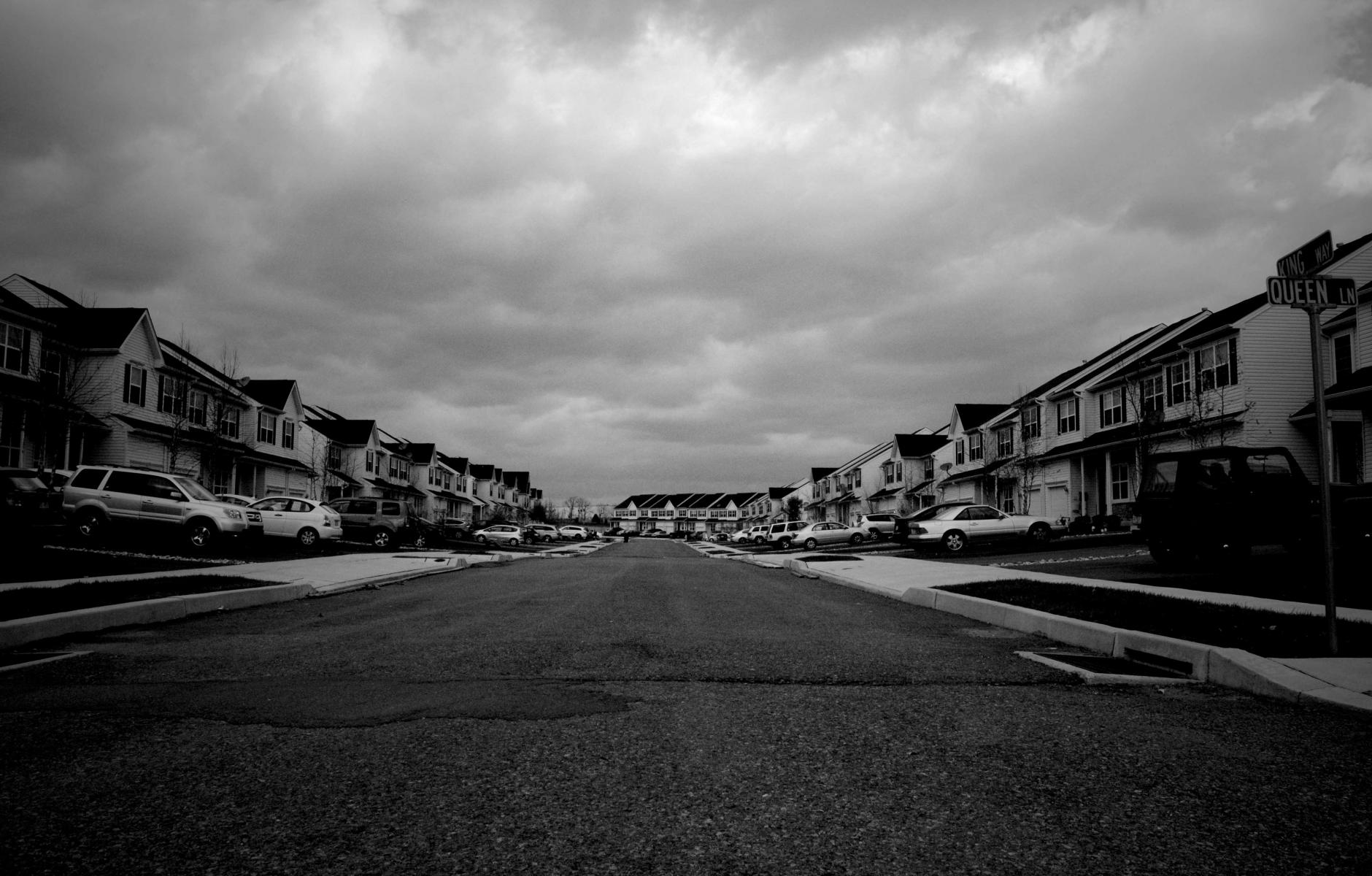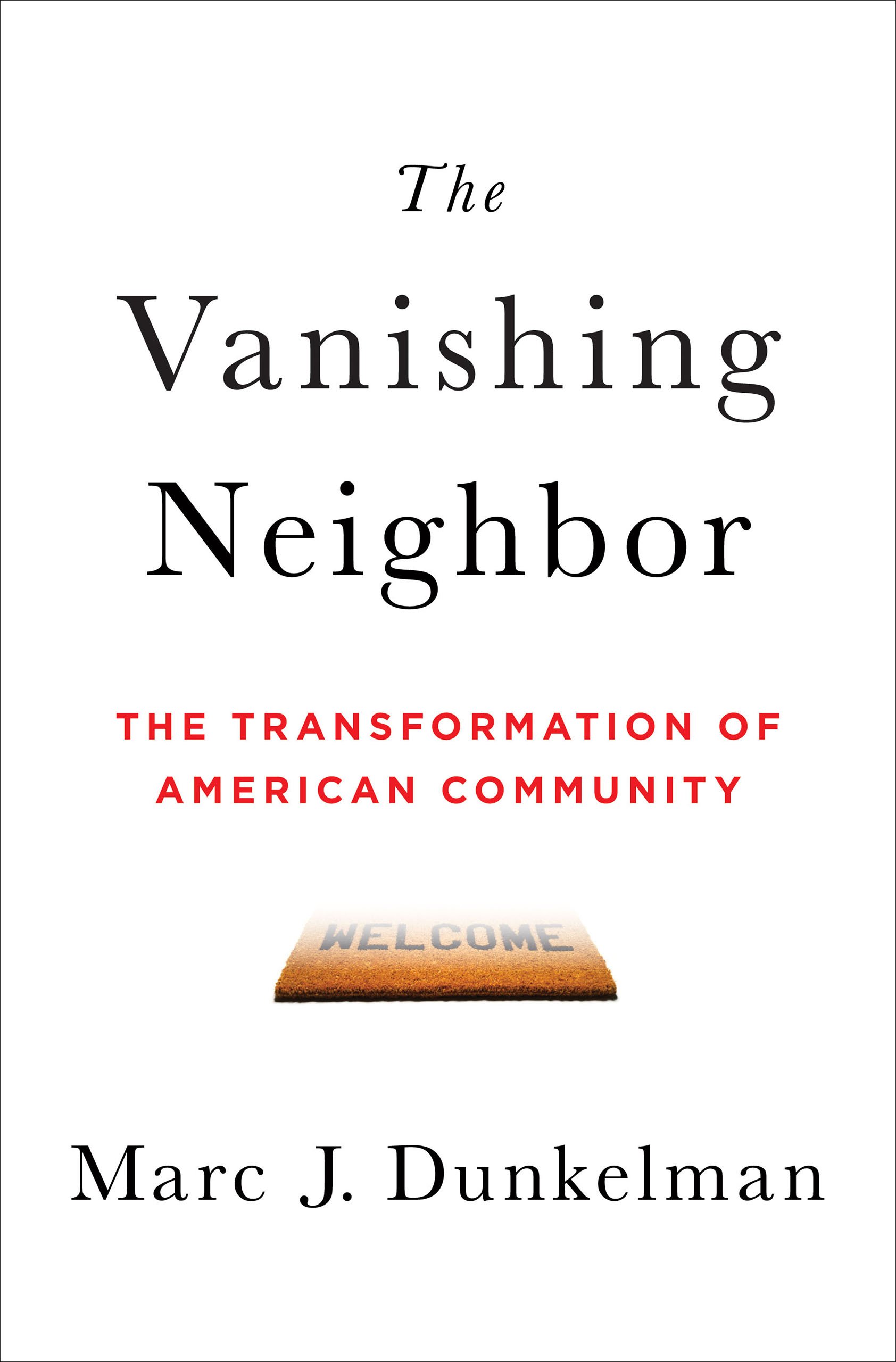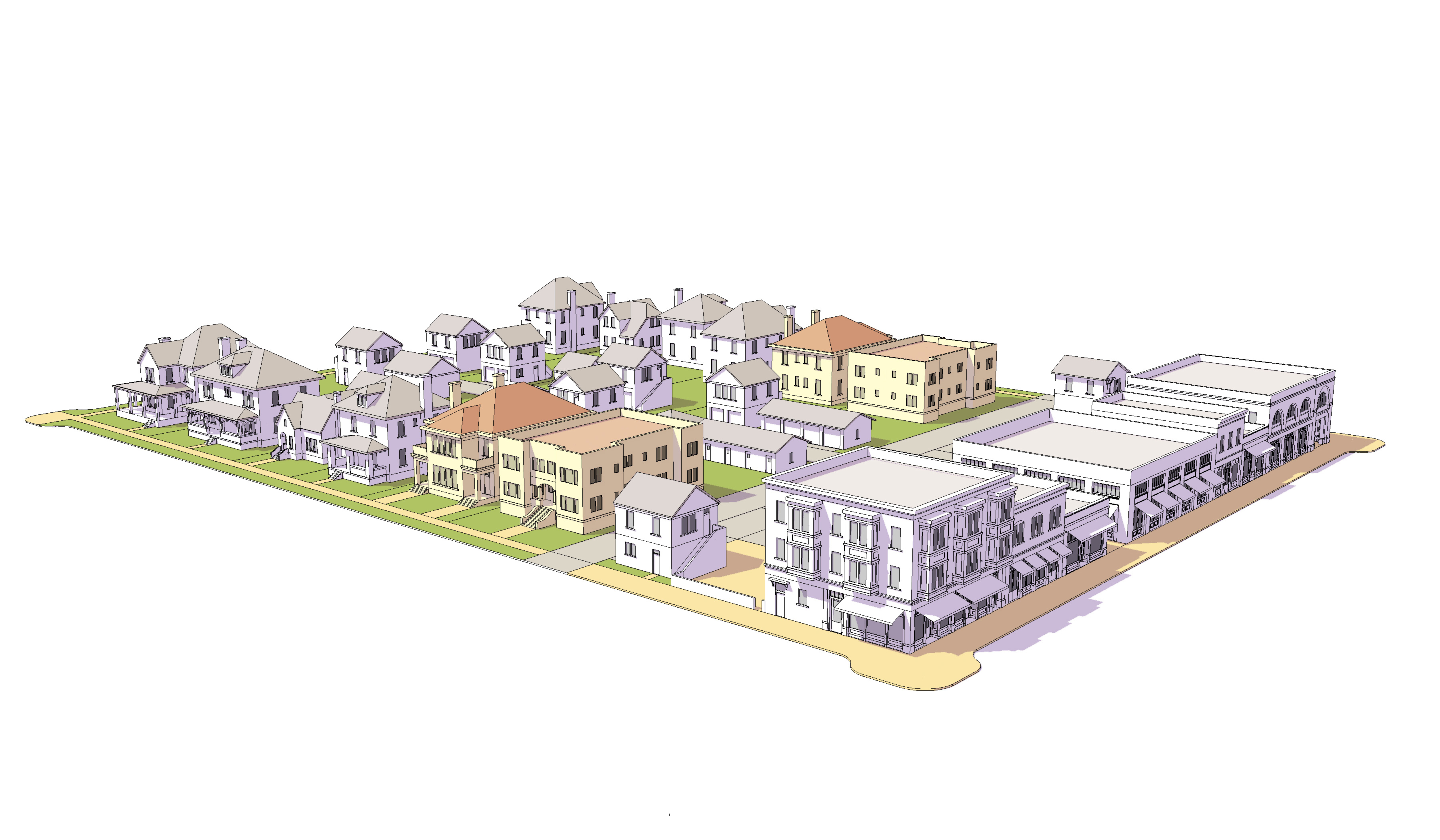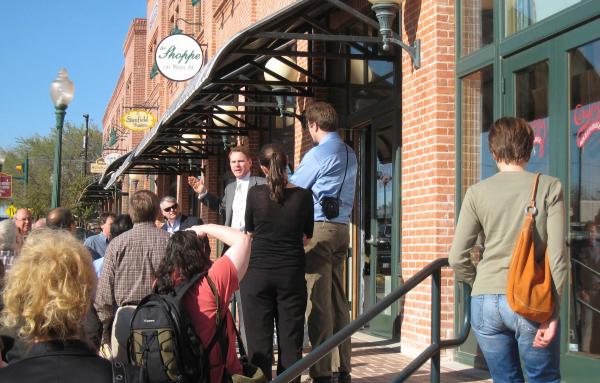
The missing middle of our social lives
The social village has withered in the US, according to The Vanishing Neighbor: The Transformation of American Community, by Marc Dunkelman, a research fellow at Brown University and a senior fellow at the Clinton Foundation.
The strength of America, from the colonial days to about 40 years ago, was its robust and diverse community connections, Dunkelman explains.
The Vanishing Neighbor describes three rings of social connections—like the Rings of Saturn—around everyone. The inner ring of immediate family and close friends remains strong, he says. Parents spend more quality time with children than they did in the past, for example.
The outer ring is people that we know just a little—examples are Facebook friends rarely met, sales clerks, or teachers of your child who you only know through school. The outer ring has strengthened through social media. If you are interested in collecting music memorabilia or talking about sports, online groups flourish for those activities.
In between these extremes is the "middle ring" comprised of people you know well enough to ask favors from—and maybe gossip about. You form multiple and lasting bonds with these folks over the years. They might be neighbors, they may attend the same worship services, sit on committees with you, shop at the same stores, attend the same dinner parties, approve your mortgage—or all of the above.
Humans are hard-wired to know about 150 people well. That number formed the basis for traditional American “townships,” the grass-roots local governments described by Alexis de Tocqueville 175 years ago. The number reverberates through historic and present-day social patterns, from the military to farming communities, Dunkelman says—and it sets the limits on the middle ring.
The middle ring has suffered in America in recent decades—and this has been confirmed through extensive research including, but not limited to, Robert Putnam’s Bowling Alone (2000). Nearly half of Americans now barely know their neighbors and have few friends beyond family. Many factors have contributed to the hollowing out of the middle ring. Society is more mobile. Less time is spent socializing with neighbors. Electronic media has taken its toll. Workplaces are more specialized and we spend more time with distinct groups and less time conversing with people of different educational and class backgrounds. The physical form of community has changed—that’s the issue that has long concerned new urbanists.
The missing middle has economic and political consequences. Those connections bring a diversity of viewpoints into our lives that we don’t get from the inner and outer rings. The person you get to know well from a completely different social class and background may give you a breakthrough business idea, provide a piece of crucial wisdom, or just make you better at whatever you do. And without these connections, we tend to dehumanize those who disagree with us. “We need to provide Americans not only with the opportunity but also with the wherewithal to develop the types of relations that once defined the middle rings,” he says.

The housing analogy
The frayed middle has an analogy in housing—The Missing Middle described by architect and urbanist Daniel Parolek. US industry is good at building large-lot single-family homes and apartment complexes, but not the wide range of housing that once comprised America’s historic stock—including townhouses, duplexes, courtyard buildings, small apartment buildings, and accessory dwelling units. Parolek’s and Dunkelman’s missing middles diminished in the same era—the latter part of the 20th Century—and that is probably not a coincidence. A lack of housing diversity in close proximity translates, in part, to less diversity in the neighborhood. Parolek’s solution is straightforward—build more of the missing types of housing—and he offers tools from the new urban box.

Dunkelman is less adept at solutions. The disappointment about The Vanishing Neighbor is that it doesn’t offer any. He mentions The New York Times columnist Thomas Friedman’s search for places with qualities of his Minnesota childhood. “What so many of us have missed—what I misunderstood in the years after my family moved from Cincinnati to Buffalo—is that the world of Friedman’s childhood, like my father’s, is gone.” That may be so, but Dunkelman appears reluctant to point to any fixes that have been tried or proposed in the past.
At one point, he mentions national service as a practical way to bring diverse people together, which has some merit—but he backs away from the idea. “Is there something that we might do to mold the nation’s citizenry to build more familiar connections to a wider range of acquaintances? Before answering that question, we need to determine whether, in fact, compelling Americans to rebuild village-oriented relationships is even a worthy goal.”
Dunkelman never answers his question—apparently he believes that goal is not worthy. Unpacking those two sentences, Dunkelman uses words like “mold” and “compel” that imply Americans would have to be forced to reestablish “village-style relationships.” On the contrary, I think that Americans are desperate to do so, but are held back by barriers in our modern society—some of our own making.
Restoring communities
The physical dispersion of community, which Dunkelman describes through the experiences of his family and the writings of Jane Jacobs, is neither necessary nor permanent. The Vanishing Neighbor fails to ask whether true physical communities could be restored or empowered. The growing market and yearning for such communities, and their rebuilding in many locations, is a real trend that is unexplored in this book. Communities fell apart for reasons that were not merely technological or sociological, but involved policy decisions that tilted the playing field. Zoning codes, infrastructure, planning, urban design, and architecture all played a part. Parolek’s idea of the Missing Middle in housing, and all that this entails, is one solution.
Dunkelman believes that technology must somehow fill the void, although he doesn’t say how this could happen. He may be right, but technological solutions will never be the entire answer—in part because they have unintended consequences. (See the Pixar movie Wall•E for a portrait of a society that is overcome by technology). Real, physical communities that bring us into contact with diverse people will always be part of life. If this is missing or diminished for many people, why not remove the barriers? Why not actively pursue policies that make forming middle ring relationships easier? To the extent that America supports these communities, the nation will be stronger for it and our lives will be richer.






